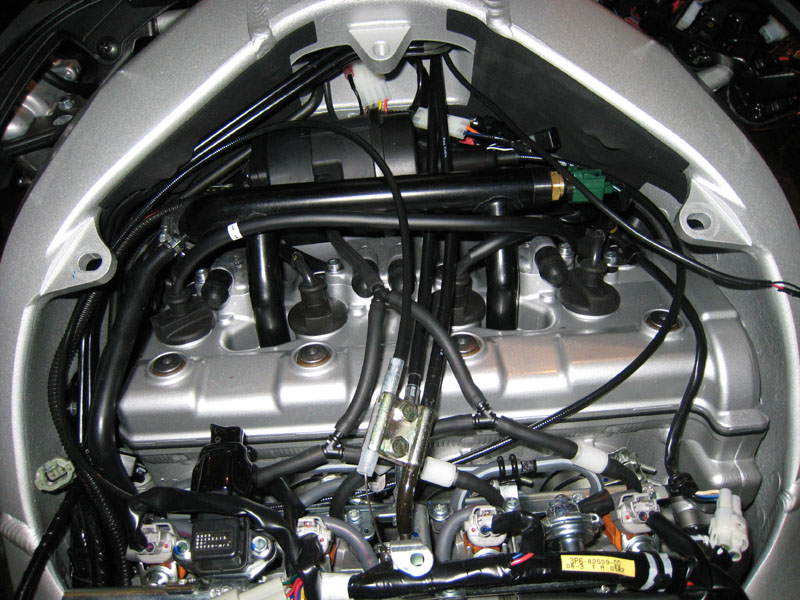Roy Epperson
Well-known member
So I've read all the posts on the Audiovox installs and did not find a recommended part number(s) other than "get a quality one".
Any recommendations where to find one and recommended part numbers? The couple I found going to 3 different stores this afternoon where on the "you oughta replace that with a better one" list......
Roy
Any recommendations where to find one and recommended part numbers? The couple I found going to 3 different stores this afternoon where on the "you oughta replace that with a better one" list......
Roy
Last edited by a moderator:






